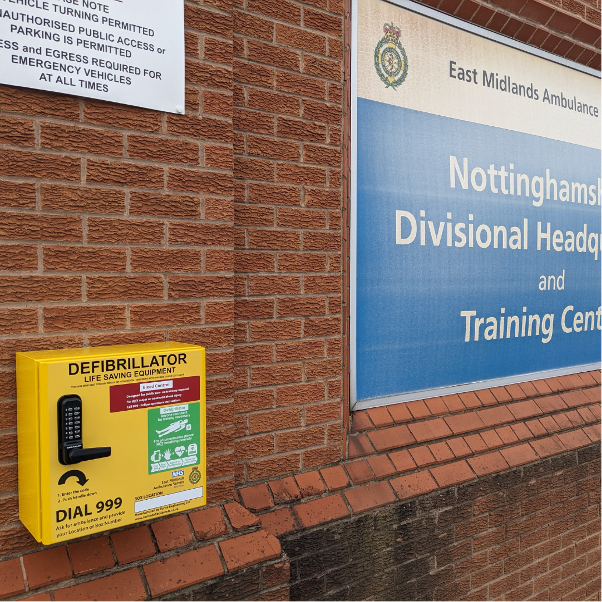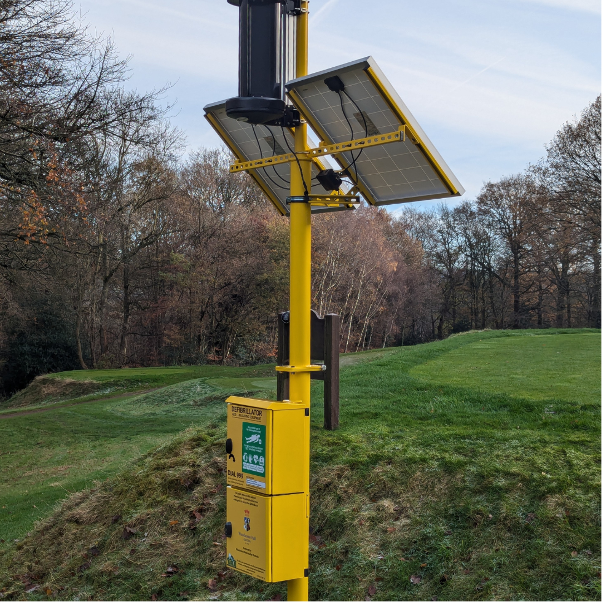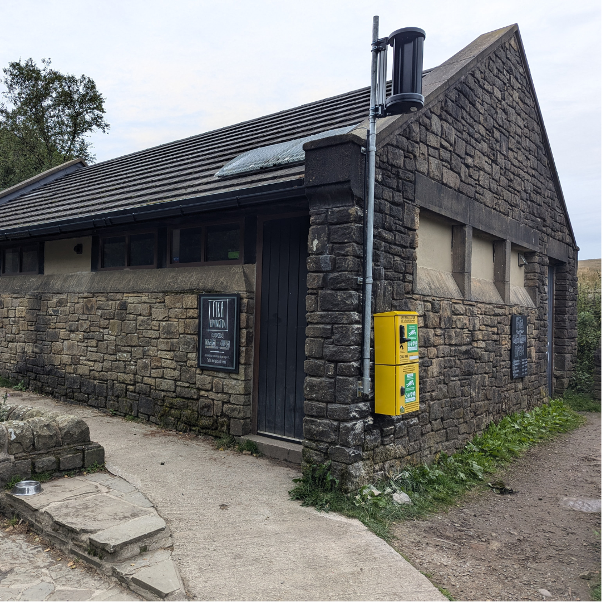
When someone has a cardiac arrest, every second counts. Did you know that for every minute that a victim goes without CPR/AED support their survival chances reduce by 10%? Emergency services do their absolute best to attend the scene quickly, but there will always be a waiting time, and we all know sometimes their resources are at full stretch. That’s why having public defibrillators in the right places can quite literally mean the difference between life and death. Some locations are much higher risk than others, so understanding where defibrillators should be placed is important.
Why does a defibrillator’s location matter?
Not all places have the same level of risk when it comes to cardiac arrests. Some simply have a higher footfall, others involve physical activity, and in some cases, emergency response times are just too long due to the remoteness of a location.
Emergency services won’t usually direct someone to a defibrillator more than a short walk away, because getting to it just takes too long. So, the reality is that every community, business, and public venue needs to think carefully about where these devices are placed.

Which places need defibrillators the most?
Sports venues
Exercise is great for the heart, but it also increases the risk of cardiac arrest, especially for those with underlying conditions. That’s why sports venues should always have defibrillators nearby.
Football clubs, gyms, and running tracks have all started taking this very seriously. After a high-profile incident where a footballer collapsed on the pitch, football clubs in the UK made defibrillators a requirement. And this isn’t just about professional athletes; cardiac arrests don’t discriminate and can happen during a local five-a-side match or a community fun run.
Remote and rural areas
Ambulances in cities might arrive within minutes, but in rural areas, it’s a different story. When response times are longer, having a defibrillator nearby becomes even more important.
Villages, hiking trails, farms, and other remote spots should have easily accessible public defibrillators. Some communities assume that having just one in the village hall is enough, but if it takes too long to reach, it won’t help in an emergency.
Community centres and schools
Schools and community spaces bring in a lot of people every day, so they’re ideal places to have a defibrillator. While cardiac arrests in children are rare, they do happen, and adults visiting these spaces, as well as staff, could also need help.
Community centres, village halls, and places of worship often host fitness classes, events, and social gatherings. Since these are places people naturally go in an emergency, it makes sense to have defibrillators there too.
Golf courses
Golf might not seem like a high-risk sport, but courses cover a lot of ground. If someone collapses on the back nine, getting to a defibrillator in the clubhouse could take too long.
Some clubs have solved this by placing a defibrillator two-thirds of the way through the course. This way, players are never more than a short distance from help. Others have gone a step further and installed defibrillators on golf buggies, ensuring help can get to someone even faster.

Why businesses should get involved
More and more businesses are installing defibrillators outside their premises, making them available 24/7 to their staff but also to their local community. In places where emergency services take longer to respond, like coastal towns or industrial estates, this can make a huge difference.
The more businesses that install defibrillators, the better coverage becomes. A defibrillator outside a café, office, or supermarket could end up saving a passerby, a customer, or even an employee.
Common mistakes with defibrillator placement
Even when defibrillators are installed, they’re not always easy to find or access. Some common mistakes include:
Keeping them inside locked buildings
A defibrillator in an office or school that closes at 5 pm is useless when an emergency happens at night.
Lack of signage
If people don’t know where the nearest defibrillator is, they might waste valuable time looking for it, or worse, not be able to find it at all. Always make sure that defibrillators have clear defib signs.
Assuming one is enough
A single device might not be enough for a whole area. Spreading them out properly ensures better access.
What you can do
If you’re part of a business, sports club, or local community, now is a good time to check if there are enough defibrillators in the right places.
Look around your area
Are there defibrillators nearby? If so, are they easy to get to? And is the signage clear?
Think about outdoor placement
A defibrillator outside a building is available 24/7, unlike one locked inside. Designed specifically for durability in external locations, Turtle Medical’s defibrillator cabinets protect against weather, temperature changes, and vandalism, ensuring the device stays in working condition long after purchase.
Encourage businesses to install them
More defibrillators in public places means better access in an emergency.
Consider if one is enough
If there’s a large area to cover, it might be worth installing more than one.
Do you need some more help knowing where to place your defibrillator? Talk to our friendly team, we’d be more than happy to answer all of your questions and offer you tailored advice.

